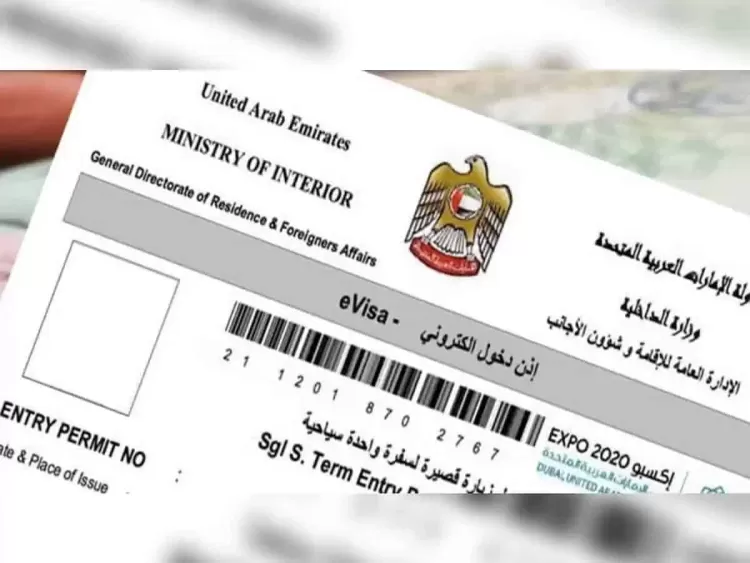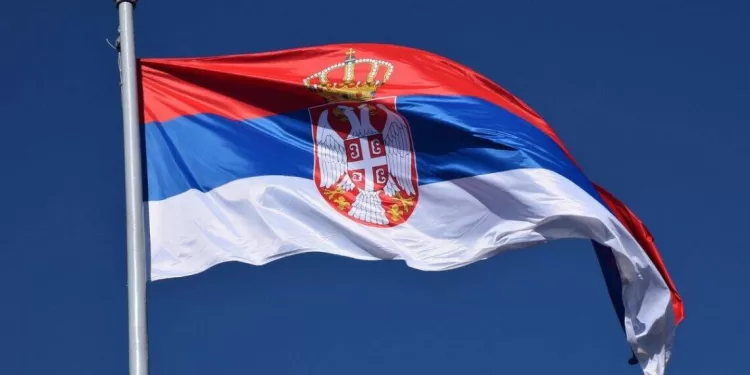Opinion: Israel-Hamas Ceasefire: Will Actions Match Words?

Join our WhatsApp Community to receive travel deals, free stays, and special offers!
- Join Now -
Join our WhatsApp Community to receive travel deals, free stays, and special offers!
- Join Now -
After nearly 480 days of intense fighting and bombardment, resulting in the deaths of over 46,000 Palestinian civilians in Gaza, a ceasefire deal has finally been reached. Though long in the making, previous efforts repeatedly fell short of achieving finality.
This agreement, however, remains fragile, with no guarantees that it will be implemented fully in both letter and spirit. The trigger for the Gaza conflict, as well as the related hostilities in Lebanon, was the October 7, 2023, terrorist attack carried out by Hamas near the Israel-Gaza border. This heinous act of brutality sought to refocus international attention on the Palestinian issue, which Hamas perceived as sidelined by various international agreements, including the Abraham Accords.
Wrong On Both Sides
Much like Anwar Sadat's surprise cross-Suez attack that initiated the Yom Kippur War of October 1973, Hamas' actions involved the mass killing of innocents and the taking of hostages. These acts provoked a massive Israeli response, including the mobilisation of 3,50,000 troops, large-scale destruction of Gaza's infrastructure, and the deaths of countless civilians. It is essential to underscore the criminal nature of both actions, which disregarded the principle of proportionality—a fundamental concept guiding the conduct of warfare to minimise harm to civilians while resolving conflicts.
The ceasefire agreement has been brokered by Qatar, the United States and Egypt as part of a three-phase plan. A joint follow-up mechanism involving these nations will monitor progress to ensure the deal is upheld. The key conditions of the agreement are as follows:
- Phase 1: This phase will last 42 days. Hamas will release 33 hostages, including women, children, and individuals over 50 years old. In return, Israel will release 32 Palestinian prisoners for each hostage, begin withdrawing from certain areas, and facilitate a significant increase in humanitarian aid to Gaza. Additionally, the Israeli Defence Forces (IDF) will withdraw from densely populated areas, allowing internally displaced people to return to their homes.
- Phase 2: Hamas will release the remaining male hostages, and Israel will complete its withdrawal from Gaza.
- Phase 3: This phase will include the return of deceased hostages and the initiation of Gaza's reconstruction, with significant contributions expected from the Arab world.
The IDF will gradually withdraw from Gaza towards a buffer zone in the east. Additionally, the IDF will vacate the Netzarim corridor and gradually withdraw from the Philadelphi corridor along the Gaza-Egypt border. While the agreement contains several other provisions, its significance lies in the challenges of implementation, the obstacles that may arise, and the enablers required to ensure success.
Pressing Questions
The most critical factor is overcoming the trust deficit after such an extended period of violence. Given its weakened state, Hamas may be inclined to adhere to the deal. However, questions remain:
Will Israel believe it missed the opportunity to eliminate Hamas entirely? This could tempt Israel to resume operations after a period of relative calm.
Will Israel withdraw completely at the designated time and revert to the status quo ante?
This scenario appears unlikely in a security-conscious Israel. Politically, the dominant narrative prioritising security may lead to both practical and impractical measures that risk reigniting tensions.
Will IDF stick to the agreement?
The success of the deal depends significantly on the entry of humanitarian aid, construction materials, and resources for restoring civilian life. Before the war, the IDF appeared lax in addressing the ambiguous nature of its adversaries, inadvertently allowing materials to be used in constructing Hamas' 150-kilometre tunnel defence system. This network posed a significant challenge for the IDF to neutralise during the conflict. Will the IDF adhere to the letter of the agreement, or will it complicate the process, creating obstacles for humanitarian assistance to enter Gaza? Aid agencies and UN personnel will require considerable patience and persistence to ensure effective implementation.
IDF's Dual Identity
The IDF cannot afford to permit military supplies to enter Gaza as Hamas remains active. It has not been fully defeated militarily, straddling the line between a conventional force and a terrorist organisation—a dual identity that continues to frustrate the IDF.
At times, military ego can overshadow even the most disciplined armed forces. Currently, Israel, the IDF, and its veteran leadership, driven by a desire to restore their reputation, may heighten the risk of stand-offs with Hamas.
The Palestinian Authority (PA) is expected to play a key role in administering the Gaza Strip. It is tasked with addressing the humanitarian crisis, rebuilding infrastructure, and overseeing security in collaboration with Egypt. However, the history of confrontation between the PA and Hamas presents challenges. Under new or interim Hamas leadership, the PA must navigate a delicate balance to maintain stability.
Iran's potential role in fostering peace remains significant, despite its military weakening alongside Hamas. It has partially lost its ability to engage in proxy wars across the Middle East due to the diminished capability of the Islamic Revolutionary Guard Corps (IRGC) and Hezbollah, as well as its reduced influence in the Levant. At this time, with its capabilities compromised, Iran may avoid drawing the focused attention of the US and Israel. However, this does not preclude its efforts to maintain control over proxy groups throughout the region. Iran may prefer covert actions to support Hamas, though such moves risk derailing the ceasefire entirely.
Uncertainty Reigns
The sustained involvement of Qatar and Egypt will be critical, as the US alone cannot manage this situation effectively. A peacekeeping force with a clear and well-defined mandate may become necessary. The United Nations Disengagement Observation Force (UNDOF), currently active in Israel's Golan Heights, could potentially expand its role to include temporary monitoring. India, already contributing to UNDOF, might participate in such an initiative.
Much remains uncertain, particularly with the return of a Trump administration to power in the US. For now, unpredictability continues to define the situation.
(The writer is a Member of the National Disaster Management Authority, Chancellor of the Central University of Kashmir, and Former GOC of the Srinagar-based 15 Corps.)
Disclaimer: These are the personal opinions of the author
What's Your Reaction?
 Like
0
Like
0
 Dislike
0
Dislike
0
 Love
0
Love
0
 Funny
0
Funny
0
 Angry
0
Angry
0
 Sad
0
Sad
0
 Wow
0
Wow
0



















































